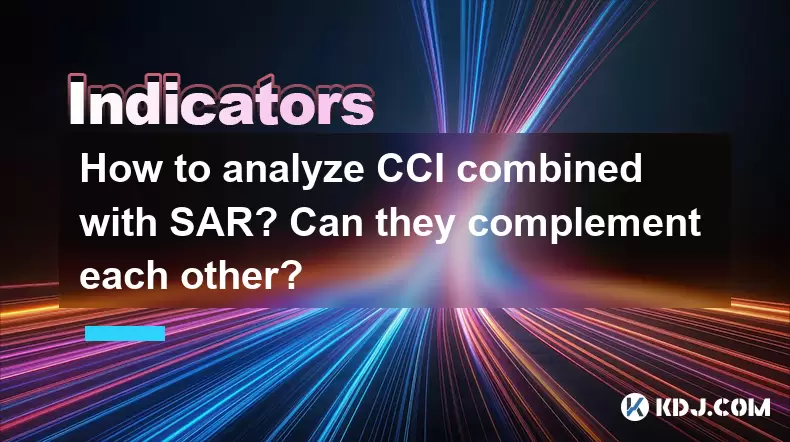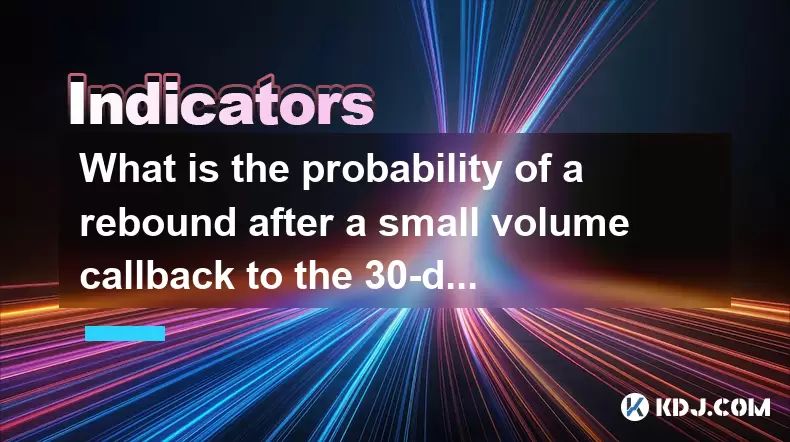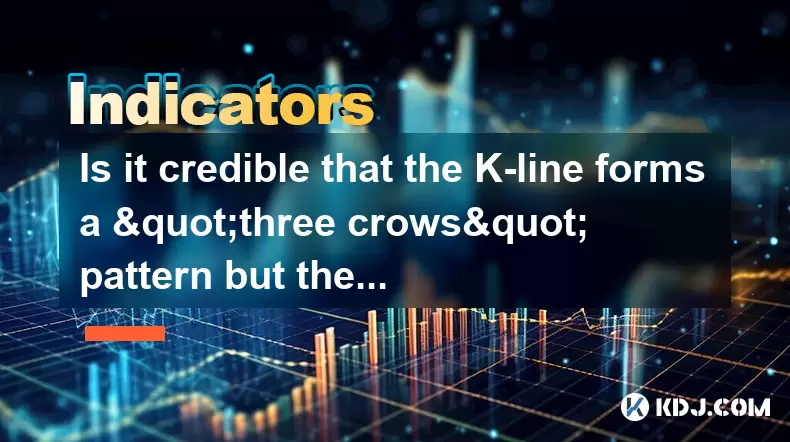-
 Bitcoin
Bitcoin $105,978.7605
5.45% -
 Ethereum
Ethereum $2,423.8735
9.54% -
 Tether USDt
Tether USDt $1.0005
0.02% -
 XRP
XRP $2.1626
9.40% -
 BNB
BNB $641.9746
4.79% -
 Solana
Solana $146.4071
11.93% -
 USDC
USDC $0.9999
0.00% -
 TRON
TRON $0.2735
4.33% -
 Dogecoin
Dogecoin $0.1646
10.74% -
 Cardano
Cardano $0.5839
9.61% -
 Hyperliquid
Hyperliquid $38.4234
8.79% -
 Sui
Sui $2.8430
18.30% -
 Bitcoin Cash
Bitcoin Cash $469.1401
3.03% -
 Chainlink
Chainlink $12.9029
12.83% -
 UNUS SED LEO
UNUS SED LEO $9.1005
0.89% -
 Avalanche
Avalanche $18.1358
11.70% -
 Stellar
Stellar $0.2453
8.78% -
 Toncoin
Toncoin $2.9174
7.94% -
 Shiba Inu
Shiba Inu $0.0...01160
11.29% -
 Litecoin
Litecoin $85.3114
7.70% -
 Hedera
Hedera $0.1512
15.21% -
 Monero
Monero $309.9386
4.88% -
 Ethena USDe
Ethena USDe $1.0007
0.03% -
 Polkadot
Polkadot $3.4098
9.78% -
 Dai
Dai $1.0002
0.02% -
 Bitget Token
Bitget Token $4.1523
4.23% -
 Uniswap
Uniswap $6.8863
11.50% -
 Pepe
Pepe $0.0...09973
13.94% -
 Pi
Pi $0.5363
7.15% -
 Aave
Aave $255.4680
15.65%
How to analyze CCI combined with SAR? Can they complement each other?
CCI measures price deviation to spot overbought/oversold conditions, while SAR uses dots to signal trend reversals, enhancing trading decisions when combined.
May 23, 2025 at 12:21 am

Introduction to CCI and SAR
CCI, or the Commodity Channel Index, is a versatile indicator used in technical analysis to identify cyclical trends in a security's price. It measures the difference between the current price and its historical average, providing insights into whether a security is overbought or oversold. On the other hand, SAR, or the Parabolic Stop and Reverse, is a trend-following indicator that provides potential entry and exit points based on the price's momentum. It appears as a series of dots placed either above or below the price, depending on the trend's direction.
Understanding CCI
The Commodity Channel Index (CCI) is calculated using the following formula:
[ \text{CCI} = \frac{\text{Typical Price} - \text{SMA of Typical Price}}{\text{0.015} \times \text{Mean Deviation}} ]
Where:
- Typical Price is the average of the high, low, and close prices for a given period.
- SMA is the Simple Moving Average of the Typical Price.
- Mean Deviation is the mean absolute deviation of the Typical Price from its SMA.
CCI values above +100 suggest that the asset is overbought, while values below -100 indicate it is oversold. Traders often use these levels to predict potential reversals in the price movement.
Understanding SAR
The Parabolic Stop and Reverse (SAR) calculates potential reversal points using the following formula:
[ \text{SAR}{\text{next}} = \text{SAR}{\text{current}} + \text{AF} \times (\text{EP} - \text{SAR}_{\text{current}}) ]
Where:
- SAR is the current Parabolic SAR value.
- AF is the Acceleration Factor, which starts at 0.02 and increases by 0.02 each time a new EP is established, up to a maximum of 0.20.
- EP is the Extreme Point, which is the highest high or lowest low recorded since the SAR was last below or above the price, respectively.
SAR dots placed below the price indicate a bullish trend, suggesting that the trader should consider buying. Conversely, dots placed above the price indicate a bearish trend, signaling a potential sell.
Combining CCI and SAR for Analysis
Combining CCI and SAR can provide a more comprehensive view of market trends and potential trading opportunities. Here's how these two indicators can complement each other:
- Identifying Trend Reversals: When the SAR dots flip from being below the price to above it, indicating a potential bearish reversal, traders can use CCI to confirm this signal. If the CCI is also moving from above +100 to below +100, it strengthens the bearish reversal signal.
- Confirming Entry Points: If the SAR dots are below the price, suggesting a bullish trend, traders can look for the CCI to move above -100 to confirm that the asset is no longer oversold and may be ready for a bullish move.
- Exiting Positions: When the SAR dots flip to indicate a potential trend reversal, traders can use the CCI to determine whether the asset is entering an overbought or oversold condition. For example, if the SAR dots flip to above the price and the CCI is above +100, it may be a strong signal to exit a long position.
Practical Example of CCI and SAR Analysis
Let's walk through a practical example of how to analyze a cryptocurrency chart using CCI and SAR:
Step 1: Apply the Indicators
- Open your trading platform and select the cryptocurrency chart you want to analyze.
- Apply the CCI indicator with a standard period of 14.
- Apply the SAR indicator with the default settings (AF starting at 0.02 and increasing by 0.02 up to a maximum of 0.20).
Step 2: Observe the SAR Dots
- Look at the placement of the SAR dots. If they are below the price, it indicates a bullish trend. If they are above the price, it suggests a bearish trend.
Step 3: Analyze the CCI
- Check the CCI values. If the CCI is above +100, the asset is considered overbought. If it's below -100, it's considered oversold.
Step 4: Look for Confluence
- Identify points where the SAR dots and CCI readings provide complementary signals. For example, if the SAR dots flip from below to above the price and the CCI is moving from above +100 to below +100, it suggests a strong bearish reversal.
Step 5: Make Trading Decisions
- Use the combined signals to make informed trading decisions. If the SAR and CCI confirm a bullish trend, consider entering a long position. If they confirm a bearish trend, consider a short position or exiting a long position.
Potential Pitfalls and Considerations
While combining CCI and SAR can be effective, it's important to be aware of potential pitfalls:
- False Signals: Both CCI and SAR can generate false signals, especially in choppy or sideways markets. Always use additional confirmation indicators or tools to validate your analysis.
- Over-reliance on Indicators: No single indicator or combination of indicators is foolproof. Always consider the broader market context and other technical and fundamental factors before making trading decisions.
- Lag in Signals: SAR, in particular, can lag behind price movements due to its trend-following nature. This lag can sometimes result in late entry or exit signals.
Frequently Asked Questions
Q: Can CCI and SAR be used for all cryptocurrencies?
A: Yes, CCI and SAR can be applied to any cryptocurrency chart. However, the effectiveness of these indicators may vary depending on the volatility and trading volume of the specific cryptocurrency. Always test these indicators on historical data before applying them to live trading.
Q: How often should I adjust the settings of CCI and SAR?
A: The default settings for CCI (period of 14) and SAR (AF starting at 0.02 and increasing by 0.02 up to a maximum of 0.20) are generally effective for most cryptocurrencies. However, you may need to adjust these settings based on the specific cryptocurrency's volatility and your trading timeframe. Experiment with different settings on historical data to find what works best for you.
Q: Can CCI and SAR be used for short-term trading?
A: Yes, CCI and SAR can be used for short-term trading. However, due to the potential for false signals and the lag in SAR, it's crucial to use these indicators in conjunction with other short-term trading tools and to practice rigorous risk management.
Q: Are there any other indicators that complement CCI and SAR well?
A: Yes, other indicators that can complement CCI and SAR include the Moving Average Convergence Divergence (MACD) for trend confirmation and the Relative Strength Index (RSI) for additional overbought/oversold signals. Using these indicators in combination can provide a more robust trading strategy.
Disclaimer:info@kdj.com
The information provided is not trading advice. kdj.com does not assume any responsibility for any investments made based on the information provided in this article. Cryptocurrencies are highly volatile and it is highly recommended that you invest with caution after thorough research!
If you believe that the content used on this website infringes your copyright, please contact us immediately (info@kdj.com) and we will delete it promptly.
- Bitcoin Scaling Showdown: Lightning Network, Sztorc, and the Future of Payments
- 2025-06-24 04:25:12
- Cathie Wood, ARK Invest, and Circle Shares: A Wild Ride on the Stablecoin Wave
- 2025-06-24 04:25:12
- Ruvi AI: Blockchain Tech Meets Real-World Utility – The Next Big Thing?
- 2025-06-24 05:25:13
- US, Iran, Middle East: Navigating the Geopolitical Minefield
- 2025-06-24 05:05:12
- Democratic Senator, Crypto Ties, and Trump's Stablecoin Push: A New York Minute
- 2025-06-24 05:05:12
- Bitcoin Bonanza: ProCap Financial, Fundraising Frenzy, and the Future of Finance
- 2025-06-24 05:25:13
Related knowledge

What does the continuous rise of the ADX line of the DMI indicator in the downward trend indicate?
Jun 24,2025 at 05:00am
Understanding the DMI Indicator and Its ComponentsThe Directional Movement Index (DMI) is a technical analysis tool that helps traders identify the strength and direction of a trend. It consists of two primary components: the +DI (Positive Directional Indicator) and the -DI (Negative Directional Indicator). The ADX line, which stands for Average Directi...

What is the probability of a rebound after a small volume callback to the 30-day moving average to get support?
Jun 24,2025 at 05:08am
Understanding the 30-Day Moving Average in Cryptocurrency TradingIn cryptocurrency trading, the 30-day moving average (MA) is a widely used technical indicator that helps traders identify potential support and resistance levels. It calculates the average closing price of an asset over the last 30 days, smoothing out short-term volatility and providing a...

How to interpret that the time-sharing chart shows "volume and price rise together" but the MACD red column shortens?
Jun 24,2025 at 01:08am
Understanding the Concept of 'Volume and Price Rise Together'In cryptocurrency trading, when a time-sharing chart shows that both volume and price rise together, it is typically interpreted as a sign of strong buying pressure. This means more traders are entering long positions, pushing the price higher while increasing the trading volume. This phenomen...

Is it contradictory that the moving average system is arranged in a bullish pattern but the DMI shows a decline in trend strength?
Jun 23,2025 at 11:43pm
Understanding the Moving Average and DMI RelationshipIn cryptocurrency trading, technical analysis plays a crucial role in identifying potential trends and making informed decisions. Two of the most commonly used indicators are the Moving Average (MA) and the Directional Movement Index (DMI). While both tools aim to provide insight into market direction...

How to interpret that the Williams indicator quickly turns back in the overbought area but does not fall below the 50-axis?
Jun 24,2025 at 02:01am
Understanding the Williams %R Indicator in Cryptocurrency TradingThe Williams %R indicator, often referred to as Williams Percent Range, is a momentum oscillator used by traders to identify overbought or oversold conditions in financial markets, including cryptocurrency. It ranges from 0 to -100, where values above -20 are considered overbought and thos...

Is it credible that the K-line forms a "three crows" pattern but the trading volume decreases?
Jun 24,2025 at 05:56am
Understanding the 'Three Crows' Pattern in Cryptocurrency TradingThe three crows pattern is a well-known bearish reversal signal in technical analysis, often observed when an uptrend transitions into a potential downtrend. This formation consists of three consecutive long red (or bearish) candles with each opening within the body of the previous candle ...

What does the continuous rise of the ADX line of the DMI indicator in the downward trend indicate?
Jun 24,2025 at 05:00am
Understanding the DMI Indicator and Its ComponentsThe Directional Movement Index (DMI) is a technical analysis tool that helps traders identify the strength and direction of a trend. It consists of two primary components: the +DI (Positive Directional Indicator) and the -DI (Negative Directional Indicator). The ADX line, which stands for Average Directi...

What is the probability of a rebound after a small volume callback to the 30-day moving average to get support?
Jun 24,2025 at 05:08am
Understanding the 30-Day Moving Average in Cryptocurrency TradingIn cryptocurrency trading, the 30-day moving average (MA) is a widely used technical indicator that helps traders identify potential support and resistance levels. It calculates the average closing price of an asset over the last 30 days, smoothing out short-term volatility and providing a...

How to interpret that the time-sharing chart shows "volume and price rise together" but the MACD red column shortens?
Jun 24,2025 at 01:08am
Understanding the Concept of 'Volume and Price Rise Together'In cryptocurrency trading, when a time-sharing chart shows that both volume and price rise together, it is typically interpreted as a sign of strong buying pressure. This means more traders are entering long positions, pushing the price higher while increasing the trading volume. This phenomen...

Is it contradictory that the moving average system is arranged in a bullish pattern but the DMI shows a decline in trend strength?
Jun 23,2025 at 11:43pm
Understanding the Moving Average and DMI RelationshipIn cryptocurrency trading, technical analysis plays a crucial role in identifying potential trends and making informed decisions. Two of the most commonly used indicators are the Moving Average (MA) and the Directional Movement Index (DMI). While both tools aim to provide insight into market direction...

How to interpret that the Williams indicator quickly turns back in the overbought area but does not fall below the 50-axis?
Jun 24,2025 at 02:01am
Understanding the Williams %R Indicator in Cryptocurrency TradingThe Williams %R indicator, often referred to as Williams Percent Range, is a momentum oscillator used by traders to identify overbought or oversold conditions in financial markets, including cryptocurrency. It ranges from 0 to -100, where values above -20 are considered overbought and thos...

Is it credible that the K-line forms a "three crows" pattern but the trading volume decreases?
Jun 24,2025 at 05:56am
Understanding the 'Three Crows' Pattern in Cryptocurrency TradingThe three crows pattern is a well-known bearish reversal signal in technical analysis, often observed when an uptrend transitions into a potential downtrend. This formation consists of three consecutive long red (or bearish) candles with each opening within the body of the previous candle ...
See all articles
























































































